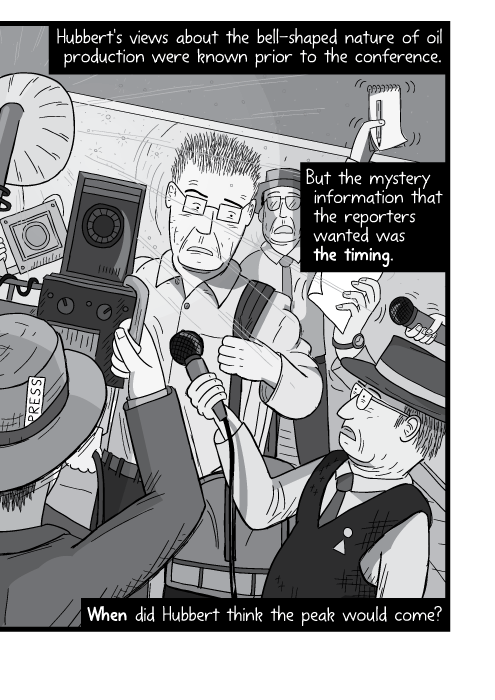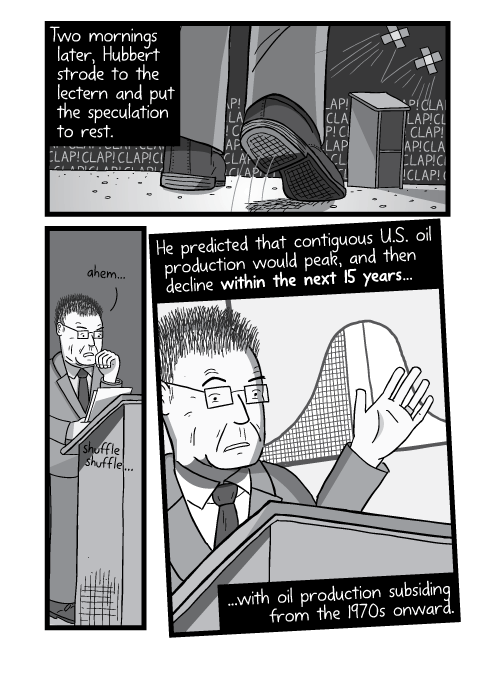What Would Happen if We all Grew Food?

A Fall sunset in California's Central Valley (photo: P.M. Lydon, Final Straw)
I'd like to start off with a story about a woman I know who works full time, takes home a below-median income, and raises two kids in Silicon Valley. This woman also has an organic garden in her tiny back yard, partially for her own enjoyment, and partially so she can afford to eat good food.
Every year, her tiny part time garden produces far more than she needs. She shares the excess, and I mean huge excess. She shares peppers and lettuce and lemons and cucumbers and spinach and beets and all else with dozens of people. This full-time worker, part time farmer produces more food than her and her friends know what to do with.
And her story is not unique.
Let's pause here to think about what this means for a moment, about this woman, her part time passion, and how much she and those around her receive from it.Now, think about this single instance of plentiful food, and multiply it across your block. How many people could all the empty yards in a suburban block feed if they were put to use growing food?
Now multiply that across your neighborhood, all the empty yards, lawns, abandoned lots. How much of a bounty in food could you have?
Now think further, across your entire city, your entire region. Imagine yards and blocks and rivers and valleys filled perennials, fruits, berries, filled with lush vegetable gardens.

Yoshikazu Kawaguchi at his home natural farm garden in Nara, Japan (Photo: P.M. Lydon | FInal Straw)
A silly agrarian dream? The United Nations Doesn't Think So, nor does its Food and Agriculture Organization, or decades of research by Rodale Institute, or the millions of Regenerative Farmers, Natural Farmers, and Permaculturists who are working today to feed most of the world.
The Myth that We Need Industrial Agriculture has been debunked, and the only ones who are holding onto this myth, are the industry giants who helped create it.
Ecologically speaking, we have the ability to grow much of our own food while also enriching the land around us, assuming we understand and follow somewhat seasonal diets; biologically speaking, this way of eating can contribute great benefits to our body's health; psychologically speaking, the garden is therapeutic, our minds are put more at ease and operate more clearly and peacefully after time spent working in the garden.
Again, replicate this view across your neighborhood, city, and region. How different does your world look? More peace? More good food? More neighborly neighbors?

Rice harvest instruction at 최성현 Seonghyun Choi's natural farm in South Korea (photo: P.M. Lydon, FinalStraw.org)
Not only is there a benefit to the human world, but there is great ecological benefit to our earth as a whole. Through regenerative growing methods such as permaculture and natural farming, the process of growing food – and flowers and shrubs and trees alongside – is also a process of regenerating land and wildlife in our cities, and a process of reducing the need for destructive industrial agriculture.
Once more, replicate this view across the land where you live; envision the process of making humanity more healthy and peaceful, and making our earth more beautiful, more healthy, and more resilient at the same time.
When you see the reality of how our current food system works – and how it works against health, peace, and resilience at every turn – you begin to wonder how we were ever tricked into believing that we need industrial agriculture. Or pesticide. Or synthetic chemicals. Or a food system where global distribution is the rule and not the exception.

Rural Korean supermarket (photo: P.M. Lydon, FinalStraw.org)
This view of industrial agriculture as our savior has of course been debunked both by scientific and anecdotal evidence over the past several decades. So one wonders, why we are still operating our food systems in such a way?
The real reason why we need GMOs, synthetic fertilizers, pesticides, and industrial agriculture is because it increases profit, scarcity, and control of food as a commodity. Make no mistake, there is little to no benefit for us as individuals in this reasoning, and myriad pitfalls.
The real reason we need GMOs, synthetic fertilizers, pesticides and industrial agriculture is, by any measure of social or biological wellness, a lie; one invented and carefully maintained to benefit a few very wealthy people.
Show the heads of the food industry that you know the truth. Grow a garden. Show them your power.

Garden vegetables (photo: Suhee Kang, FinalStraw.org)
Show careless profit seekers the truth. Share your bounty freely with your friends and neighbors. Show them your compassion.
Show those who seek to hold the keys to a basic human need, that you won't abide by their treachery to the human race. Show them your awareness and your strength.
There is hope for the world, and it lies in your awareness and actions, and also... in your gardens.
==
Patrick M. Lydon
Co-director, FinalStraw.org
==
Resources and Further Reading
Health Benefits Bloom By Digging in the Garden – USA Today http://www.usatoday.com/story/news/nation/2014/05/11/health-benefits-gardening/7971047/
Small-Scale Traditional Farming Is the Only Way to Avoid Food Crisis, UN Researcher Says – YES Magazine http://www.yesmagazine.org/planet/un-only-small-farmers-and-agroecology-can-feed-the-world
Dr. Vandana Shiva on Poverty and Globalization – BBC http://news.bbc.co.uk/hi/english/static/events/reith_2000/lecture5.stm
Genetically modifying and patenting seeds isn't the answer – Guardian UK http://www.theguardian.com/commentisfree/2012/oct/09/genetically-modifying-patenting-seeds
The More Beautiful World: Chapter 29, Evil – Charles Eisenstein http://charleseisenstein.net/books/the-more-beautiful-world-our-hearts-know-is-possible/evil/




